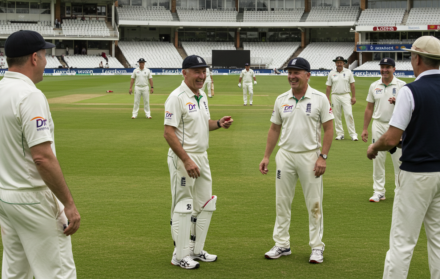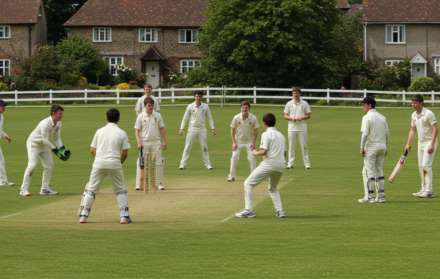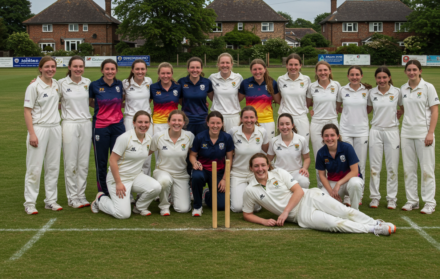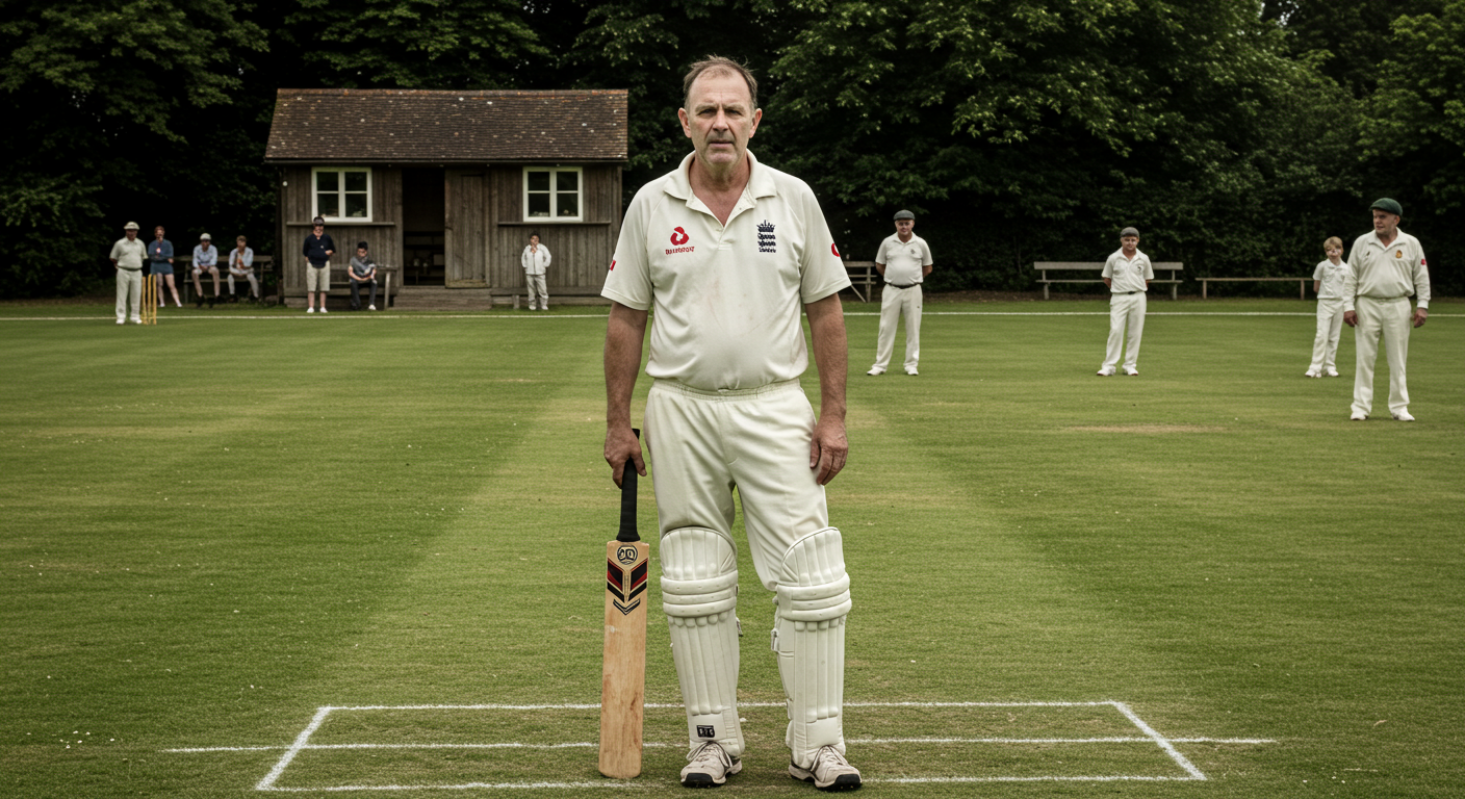
A Day in the Life of a Village Cricketer
A day in the life of a village cricketer is longer and more involved than many expect. While the game itself might only last a few hours, the full experience spans from mid-morning preparation to post-match clear-up, with plenty of work in between. Village cricket is powered by people who give up their time, not just to play, but to make sure everything around the game happens properly.
Most village clubs are volunteer-run. This means that players are also the ground staff, the scorers, the tea makers, and the general problem solvers. Arriving early to check the square, set up the stumps, organise the changing rooms and unlock the bar is a routine part of match day. None of this is glamorous, but it is essential.
A day in the life of a village cricketer also includes social elements. Catching up with teammates, chatting to regular spectators, and staying behind for a drink after the game are just as much a part of the tradition as the match itself. For many, it is one of the few fixed points in the week where community and routine come together.
This article outlines the typical structure of match day, with no exaggeration or made-up stories. Just the honest details of how clubs function on the ground, and what players really do from arrival to close. It is a useful guide for anyone curious about the real commitment behind a typical Saturday on the village green.
1. Morning Prep and Ground Setup
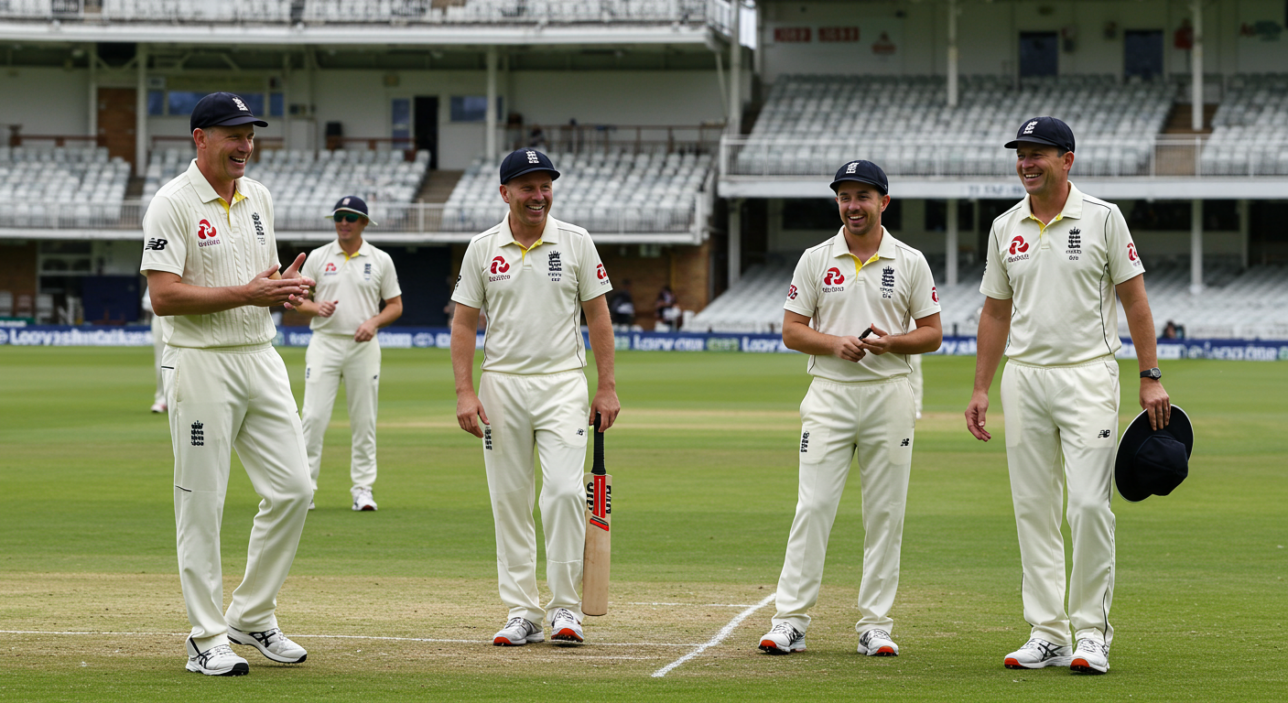
A day in the life of a village cricketer usually begins several hours before the first ball is bowled. For home matches, this often means arriving by mid-morning to help prepare the ground. The state of the pitch has a major influence on the quality of the match, so setting it up correctly is a vital part of the day.
Ground preparation typically involves uncovering the wicket if covers were used overnight. The surface is inspected carefully for damp patches, debris, and damage. If the square has been affected by rain, the decision whether to roll, sweep, or leave it alone must be made quickly. Club rollers, usually ageing and temperamental, are coaxed into life to firm up the surface if conditions allow.
The boundary is checked next. Flags are placed at equal intervals, or a rope is laid around the edge if the club owns one. Sightscreens need to be moved into position and properly aligned. These tasks, while not glamorous, are essential for a match to start on time.
Attention also turns to the pavilion. The changing rooms are cleaned, the scoreboard prepared, and match balls retrieved from the storeroom. A volunteer usually checks that drinks are stocked, kettles are working, and if teas are being provided, that the necessary supplies have arrived.
Even clubs with dedicated groundskeepers rely heavily on players to do much of this work. A day in the life of a village cricketer does not simply begin with the toss. It starts with rolling the pitch, putting out cones, marking creases, and quietly making sure the ground is ready for a proper afternoon’s play.
2. Arrival, Warm-up and Toss
After the ground is set, players begin to arrive in small groups. Most village cricket clubs encourage players to turn up at least 45 minutes before the start, though in reality, some arrive early and others race the clock. Part of a day in the life of a village cricketer is navigating this organised chaos while making sure everything runs to schedule.
The early arrivals help finalise preparations. Stumps are put in place, boundary flags are adjusted if necessary, and a few fielding drills or throwdowns are organised to get the body moving. Warm-ups are informal at village level. They are less about serious physical preparation and more about shaking off the stiffness from the working week.
The captain gathers the players briefly to confirm the batting order and any specific plans. There may be reminders about keeping spirits up, encouraging each other in the field, and giving everyone a fair chance to bat or bowl, particularly in friendlies.
The toss is a key moment. Captains meet with the umpires, often club volunteers or players doubling up. Winning the toss can be important, especially if the pitch is drying after rain or if the outfield is heavy. Choosing to bat or bowl first sets the tone for the afternoon.
After the toss, there is a final check of pads, gloves, and water bottles. The scorer settles into place. A few last jokes and words of encouragement are exchanged before the fielding side spreads out across the pitch or the openers tighten their pads and gloves.
This part of a day in the life of a village cricketer is full of small routines, each contributing to the rhythm of the match to come.
3. Batting, Bowling and Fielding Responsibilities
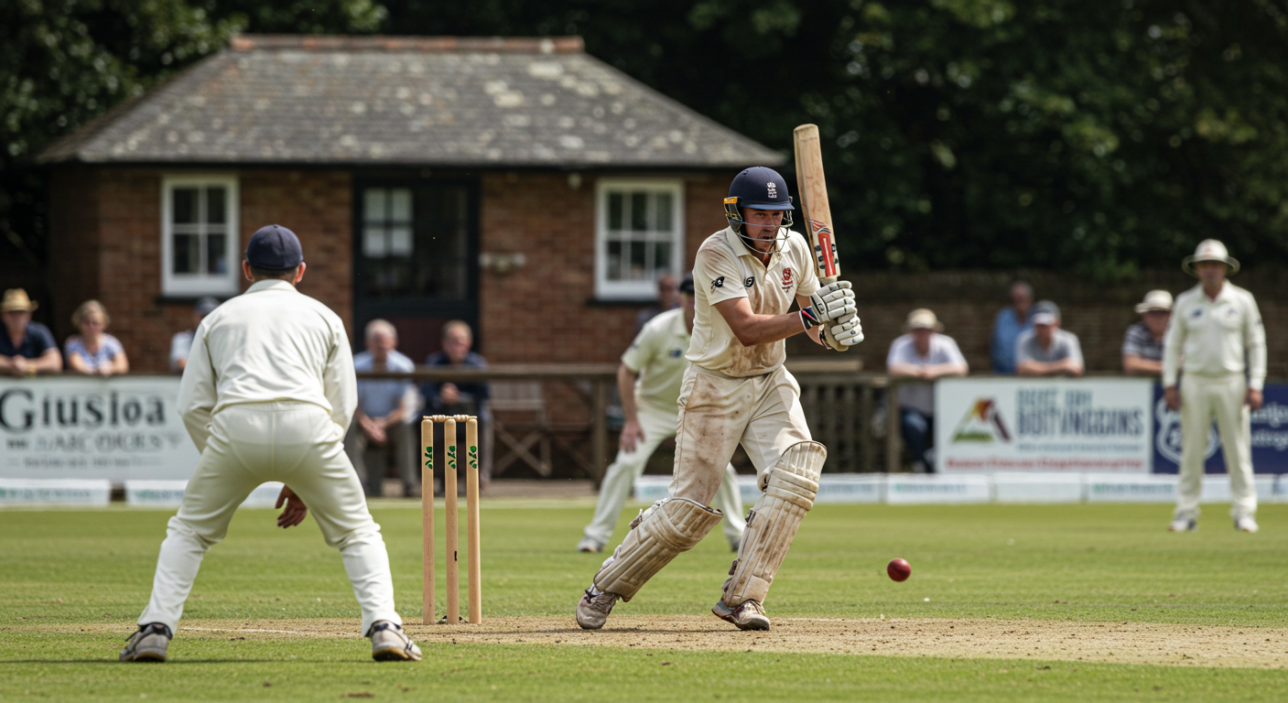
Once play begins, a day in the life of a village cricketer centres on taking part as fully as possible, whether it is batting, bowling, or fielding. Most players at village level are expected to contribute in multiple ways, especially if squad numbers are tight.
For batsmen, the innings begins with a careful few overs to judge the pace and bounce of the pitch. Scores in village cricket can vary enormously depending on conditions. A slow outfield, soft pitch, or overgrown grass can turn a typical boundary into a two or a three. Running between the wickets becomes vital, and communication is a major factor in avoiding unnecessary dismissals.
Bowlers take responsibility not just for their overs but for maintaining pressure throughout an innings. Spell lengths often depend on match format and conditions. Captains usually rotate bowlers to ensure everyone has a fair opportunity, though match situations sometimes require changes on the fly.
Fielding in village cricket can be unpredictable. Some players are agile and alert, while others are less mobile but still offer value through strong throwing arms or safe catching ability. Backing up throws, encouraging teammates, and maintaining concentration through long spells in the outfield are all essential parts of the job.
Every player has a role, and the collective effort defines how successful a team will be. A day in the life of a village cricketer demands patience, attention to detail, and a willingness to do the unseen work that rarely appears on the scoresheet but always matters to the result.
4. Teas, Mid-innings Breaks and the Social Side
Teas are still a central part of a traditional day in the life of a village cricketer, even if some leagues have moved to players providing their own food. Where proper teas are still provided, they offer more than just sustenance; they are a cornerstone of the social side of village cricket.
A well-run tea typically includes sandwiches, sausage rolls, cakes, fruit, and a steady flow of tea and squash. Teas are prepared by a rota of volunteers, players’ families, or club supporters. Setting them out in time for the mid-innings break is a task handled with care, as a good spread lifts spirits whatever the match situation.
During the break, players mix freely, regardless of whether they are teammates or opponents. Discussions range from the match so far to topics far beyond cricket. The tea interval offers players the chance to regroup, plan for the next innings, and enjoy the relaxed, communal side of the day.
If weather conditions are difficult, the tea break might also double up as a tactical discussion about whether the second innings will even be possible. Rain delays are common and often resolved during this interval, based on weather apps, glances at the clouds, and quiet consultations between captains and umpires.
Teas are not just about food. They are about maintaining the tradition of cricket as a social, shared experience, where the effort on the field is balanced by camaraderie off it. This remains a defining part of village cricket culture.
5. The Final Overs and Closing the Match
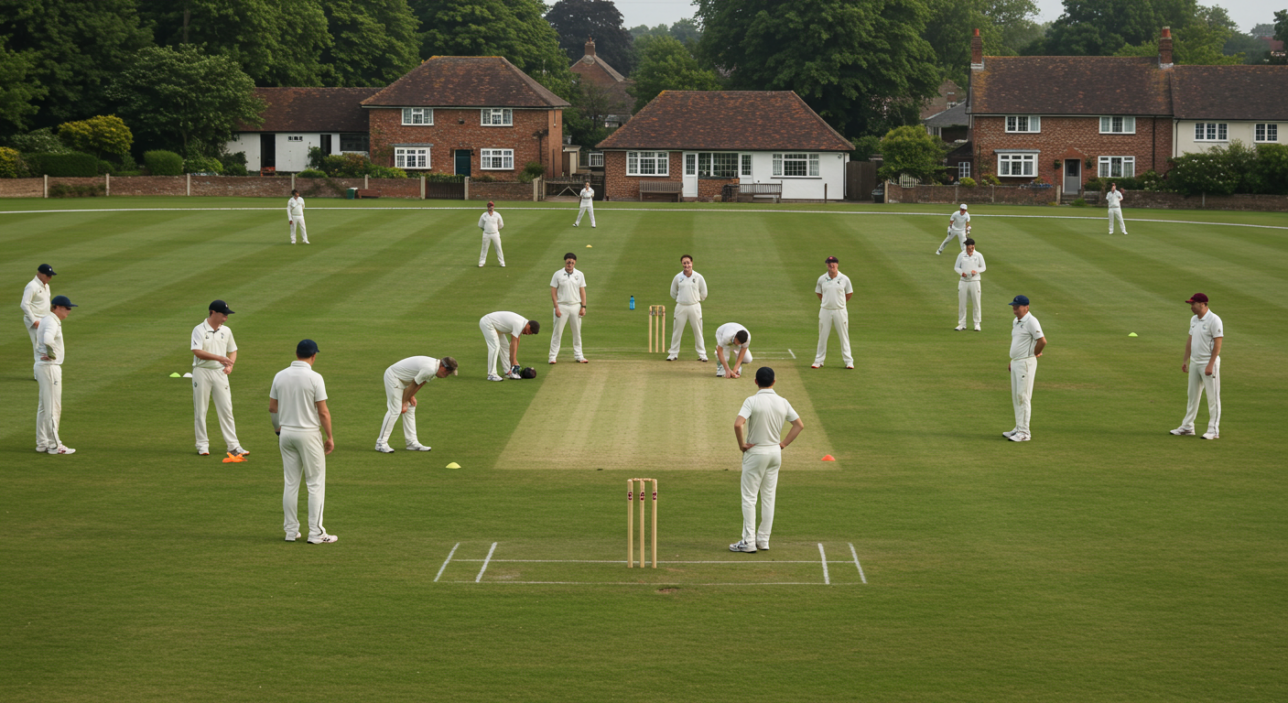
As the match moves into the final overs, the focus sharpens. Whether chasing a target or defending a total, the intensity tends to rise in the last hour of play. A day in the life of a village cricketer often hinges on these final periods, where games can swing dramatically with a few good deliveries or quick runs.
Captains make tactical adjustments, rotating bowlers carefully, setting aggressive fields, or adjusting batting orders based on the match situation. Players are expected to stay alert, even if fatigue has set in after several hours in the sun.
In limited-overs matches, the run rate becomes crucial. Bowlers concentrate on hitting the right lines, fielders back each other up, and batsmen look to balance aggression with risk. In time games, captains might choose to defend rather than attack, with draws still a regular feature at village level.
The last few overs often bring the most memorable moments. A sharp run out, a last-over boundary, a diving catch on the rope — these moments live long in the memory, not because of the level of cricket, but because of the effort and drama involved.
Win, lose, or draw, players shake hands at the close. Respect for the opposition is a tradition that endures, regardless of the result. The match is done, but the day is not yet over.
6. Packing Up and the Post-match Tradition
Once the final ball is bowled, the practical work of closing down begins. Part of a day in the life of a village cricketer is helping to pack up the ground, not just celebrating or commiserating after the result.
Stumps are pulled out, boundary flags gathered, covers dragged back onto the square if rain is forecast. Scoreboards are packed away and pavilions are tidied. Some clubs expect players to stay for a formal drink together, others keep things more relaxed, but almost all expect everyone to help with the basic jobs.
Post-match socialising is an important part of the club atmosphere. The bar is opened if it is not already serving, and players from both sides often mix freely. Match highlights are discussed, dropped catches laughed about, and minor disputes forgotten over a pint or a soft drink.
Captains will usually thank the opposition, the scorers, and the umpires. Some clubs present a small man of the match award, but the emphasis remains on enjoying the afternoon and supporting the club.
Packing up properly and staying for a drink afterwards is part of the unwritten contract of village cricket. It shows respect for the effort that has gone into making the match happen and keeps the sense of community strong.
Conclusion: What A Day in the Life of a Village Cricketer Really Looks Like
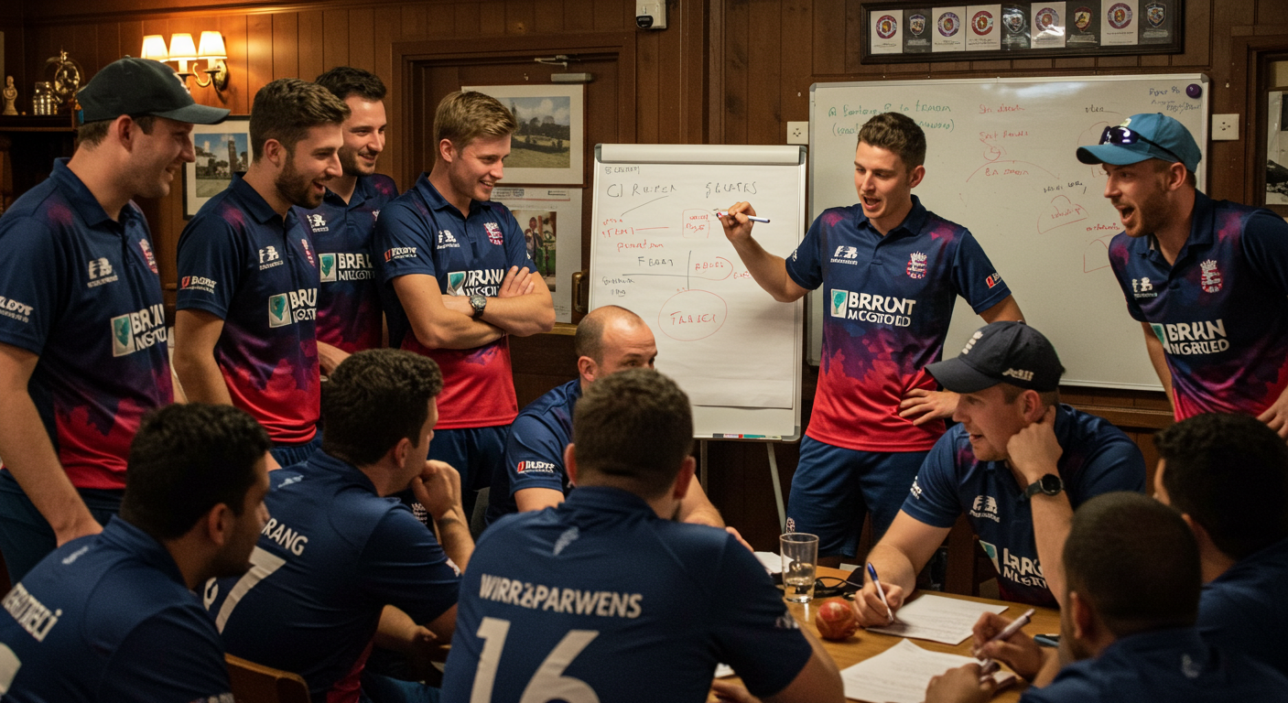
A day in the life of a village cricketer is not just about batting and bowling. It is about early starts, ground preparation, teamwork, and contributing to a tradition that continues largely through volunteer effort and shared passion.
From setting up the square in the morning to the final pint in the bar at dusk, every part of the day plays a role in sustaining the club and the wider cricketing community. The commitment of players goes far beyond their performance on the field. It is seen in the hours spent marking creases, organising kit, preparing teas, encouraging juniors, and maintaining the facilities that keep the club alive.
Village cricket survives because of this commitment. It thrives on the combination of competitive spirit and social connection. It offers a space where people of all ages and abilities can enjoy the game in a setting where community matters as much as results.
For those who take part, it becomes more than a hobby. A day in the life of a village cricketer is a rhythm of work, laughter, frustration, achievement, and belonging. It is a tradition worth preserving, not because it is perfect, but because it reflects the best parts of what grassroots sport can be.


